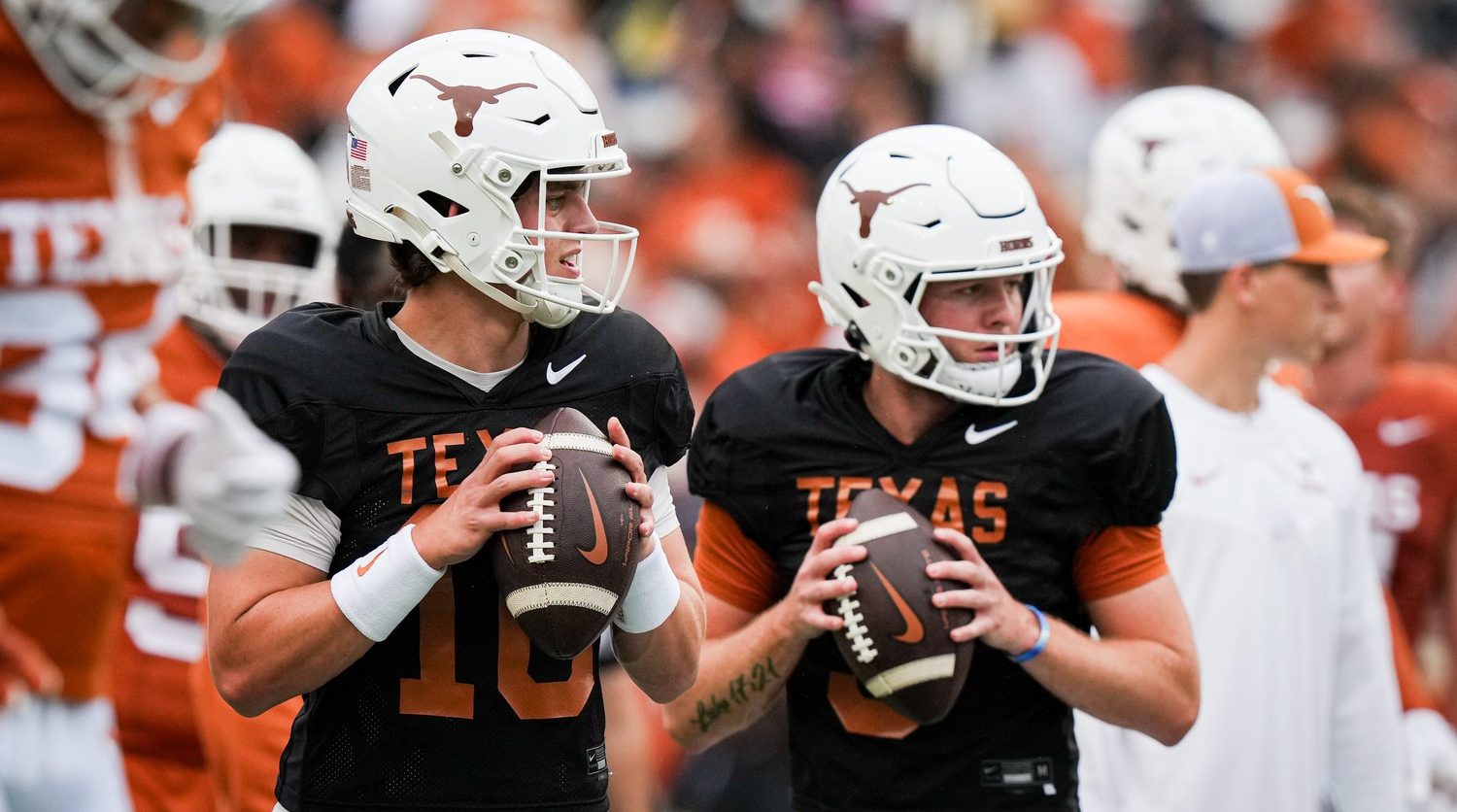Despite attempts to try and pick up the pace of games this season, Major League Baseball games are actually taking longer to play in 2017. According to an analysis by ESPN, the average length of a game this season has taken five minutes more to play than a year ago. So much for trying to speed things up.
The numbers so far show games are taking an average of three hours and five minutes to play, which is on pace to be the longest average in the history of the game. So despite rules to sway managers to make challenges faster and the implementation of the automatic walk to batters, why have games taken longer to play when the aim was to shave off a few more seconds here and there?
ESPN ran through the numbers and came up with a few conclusions, and all seem to make sense. There are more plate appearances during games, more pitches being thrown per plate appearance, and there are more plate appearances with runners on base, which means more pick-off attempts, different pitch selection, and more meetings on the mound. That all adds up over the course of a game, and who knows if there will be anything MLB can do about it. At a certain point, you have to accept the game for what it is and deal with the consequences.
Some of the blame has also been shoved off on the increasing use of pitching changes during an inning. This has been developing for awhile, as managers continue to develop roles for relievers in addition to having a defined closer. There’s the set-up man, the set-up to the set-up man, the lefty specialist, and so on. Part of that is simply the evolution of the game and how it is micro-managed. It may rub old-school fans the wrong way, but if a manager and players are paid to do whatever it takes to win, it comes with the territory.
It is important to remember commissioner Rob Manfred’s initial attempts to speed up the game worked to shave the time of a game down in his first two seasons, but the numbers have gone up in the past year and a half. Maybe this is like the stock market, and the time of an average game will dwindle next year without making any changes. But Manfred may not be able to wait and see on that before he is pressured to make another adjustment. What comes next?
Say hello to the pitch clock being used in the minors. The countdown between pitches has helped keep minor league games running smoothly and the feedback appears to be positive. If using the pitch clock was a trial run in the minors, then it may be ready for a call up to the majors, whether you like it or not.
[ESPN]





